

Winners
Announced
Maurício Chades
MFA, School of the Art Institute of Chicago, Class of 2022
Brazilian visual artist and filmmaker Maurício Chades is pursuing an MFA at the School of the Art Institute of Chicago. His work, Pyramid, Urubu (2019), a video essay that discusses light pollution, questions the limits of cinema and functions as an aesthetic-political tool. Chades grounds his artistic practice in environmental studies and focuses on systems that he sees as a microcosm of the global situation. His short films have screened at the Sao Paulo International Short Film Festival and the Festival do Rio. Chades also participated in the NINHO – Collective for Research in Art, Interactivity, and Agroecology.
“By understanding art as an aesthetic-political tool, I see experimentation as a state of becoming in which we can think of ways out of the infinite socio-environmental crises generated by capitalism. Mostly grounded in environmentalism studies, my work usually relates to a place or a system that I perceive as a microcosm within a global situation. Three interconnected subjects mark my production: decomposition, death rituals, and frictions between forest and city. It unfolds on: the interrelationship of bacteria, earthworms, fungi, plants, and humans as soil-forming agents; the effects of light pollution; family memories and botanical identities; reimagination of Western-Christian death rituals as a response to the denial of death stimulated by the capitalist economy.
It may seem trivial in the face of so many other types of pollution that cause much more evident impacts, but recent research has shown that the effects of the ‘end of the night’ are devastating. In this way, the relevance of my work lies in introducing the public to a little-discussed subject and raising awareness about it through aesthetic experiences.” –Maurício Chades
Douglas Tolman
MFA, University of Utah, Class of 2023
Douglas Tolman is an MFA student at the University of Utah in his hometown of Salt Lake City. An interdisciplinary artist, Tolman’s work, Last Gesture (2021), uses wood sourced from a reclaimed pine pallet that carried consumer goods to Utah and salt from the evaporating Great Salt Lake, reflecting his dedication to sense of place and connection to community. Tolman is currently a Global Change and Sustainability Center Fellow at the University of Utah.
“An inland sea disappears before our eyes. Coastal wildfire smoke drifts into the basin, mingling with dust particles from a dry lake bed. We are downwind, with an economy reliant on poor land-use practices which cause ancestral forests to burn and inland seas to dry up. The land has offered so much to us, a gesture that has allowed our species to flourish around the planet. When will we offer something in return? The wood which sculpts Last Gesture is sourced from a reclaimed pine pallet that traveled to Salt Lake City carrying consumer goods. After being dismantled and reformed into its new shape, the surface was symbolically burned and placed into conversation with salt extracted from the quickly evaporating Great Salt Lake. Though this work is specific to the place I call home, lakes and forests around the world are facing similar problems and require similar solutions.” –Douglas Tolman
Alexa Velez
MFA, Washington University in St. Louis, Class of 2021
Multidisciplinary artist Alexa Velez graduated from Washington University in St. Louis in 2021 with an MFA in Visual Art. Her short film, Of the Air (2021), reacts to the climate crisis and examines human disconnect from the natural world, while simultaneously revealing humanity’s dependence on the environment for survival. Velez’s short films have screened both nationally and internationally, and she was a recipient of the Chancellor’s Fellowship and won best in show for her thesis work at graduate school.
“Of the Air is a short film that examines our disconnect from the natural world, engaging with the element of air from a physical and emotional perspective. The film is a reaction to the climate crisis in the form of a duet between a living, breathing body and the air. The piece takes place in a small apartment kitchen, where the main character finds herself relying on an air conditioner for relief in the middle of a heat wave. The air conditioner is one of many machines humans have created to harness the forces of the natural world. However, on a grander scale, we are at the mercy of these forces. The human-made spaces we inhabit too often erase all traces of the surrounding living environment. Of the Air is a reminder that even though we live in structures that isolate us from the natural world, we are part of that environment and depend on it for our survival.” –Alexa Velez
The winners
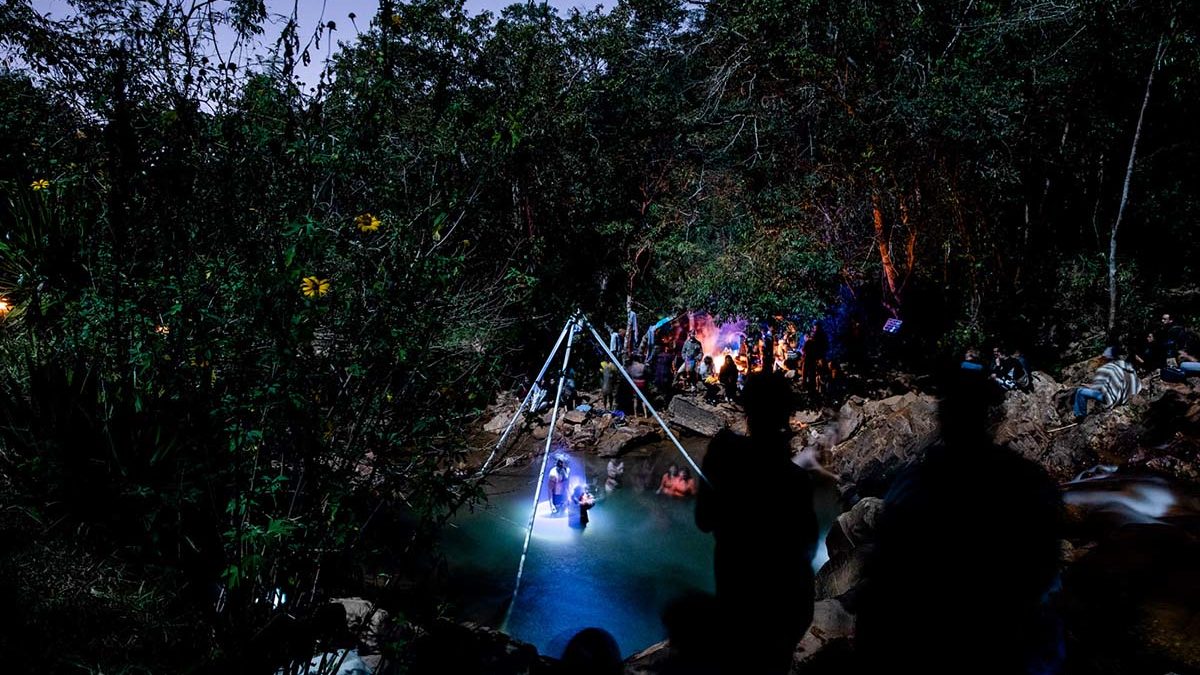
Pyramid, Urubu
Maurício Chades
Brazilian visual artist and filmmaker Maurício Chades is pursuing an MFA at the School of the Art Institute of Chicago. His work, Pyramid, Urubu (2019), a video essay that discusses light pollution, questions the limits of cinema and functions as an aesthetic-political tool. Chades grounds his artistic practice in environmental studies and focuses on systems that he sees as a microcosm of the global situation. His short films have screened at the Sao Paulo International Short Film Festival and the Festival do Rio. Chades also participated in the NINHO – Collective for Research in Art, Interactivity, and Agroecology.
“By understanding art as an aesthetic-political tool, I see experimentation as a state of becoming in which we can think of ways out of the infinite socio-environmental crises generated by capitalism. Mostly grounded in environmentalism studies, my work usually relates to a place or a system that I perceive as a microcosm within a global situation. Three interconnected subjects mark my production: decomposition, death rituals, and frictions between forest and city. It unfolds on: the interrelationship of bacteria, earthworms, fungi, plants, and humans as soil-forming agents; the effects of light pollution; family memories and botanical identities; reimagination of Western-Christian death rituals as a response to the denial of death stimulated by the capitalist economy.
It may seem trivial in the face of so many other types of pollution that cause much more evident impacts, but recent research has shown that the effects of the ‘end of the night’ are devastating. In this way, the relevance of my work lies in introducing the public to a little-discussed subject and raising awareness about it through aesthetic experiences.” –Maurício Chades
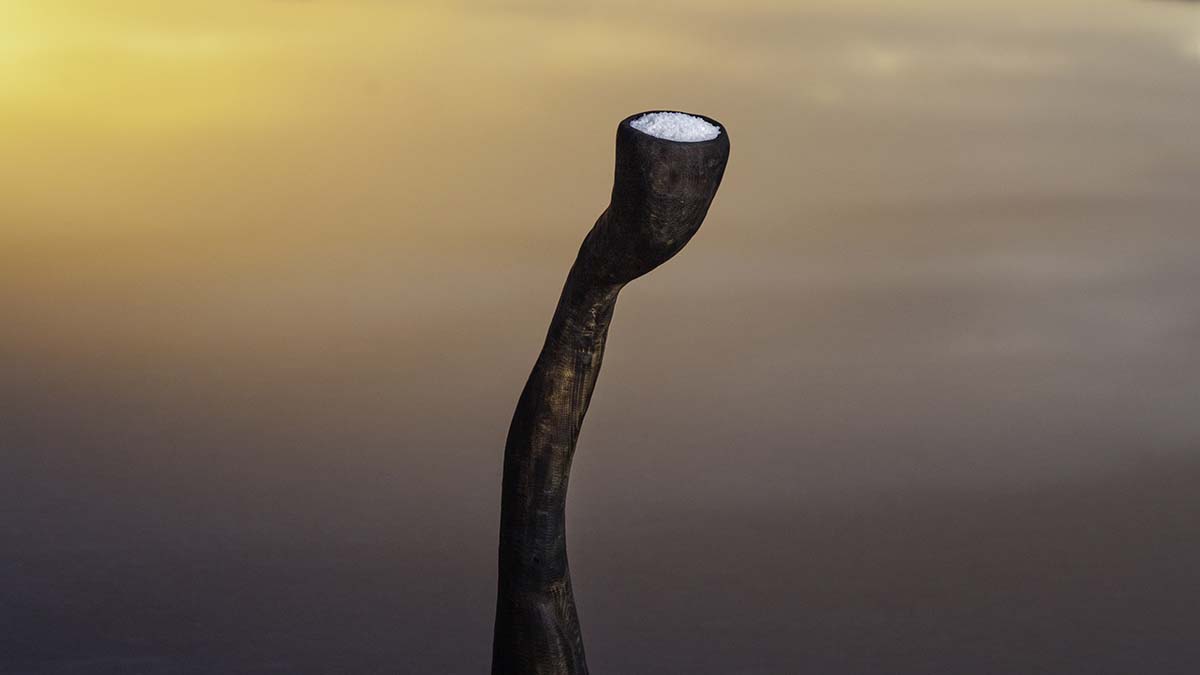
Last Gesture
Douglas Tolman
Douglas Tolman is an MFA student at the University of Utah in his hometown of Salt Lake City. An interdisciplinary artist, Tolman’s work, Last Gesture (2021), uses wood sourced from a reclaimed pine pallet that carried consumer goods to Utah and salt from the evaporating Great Salt Lake, reflecting his dedication to sense of place and connection to community. Tolman is currently a Global Change and Sustainability Center Fellow at the University of Utah.
“An inland sea disappears before our eyes. Coastal wildfire smoke drifts into the basin, mingling with dust particles from a dry lake bed. We are downwind, with an economy reliant on poor land-use practices which cause ancestral forests to burn and inland seas to dry up. The land has offered so much to us, a gesture that has allowed our species to flourish around the planet. When will we offer something in return? The wood which sculpts Last Gesture is sourced from a reclaimed pine pallet that traveled to Salt Lake City carrying consumer goods. After being dismantled and reformed into its new shape, the surface was symbolically burned and placed into conversation with salt extracted from the quickly evaporating Great Salt Lake. Though this work is specific to the place I call home, lakes and forests around the world are facing similar problems and require similar solutions.” –Douglas Tolman
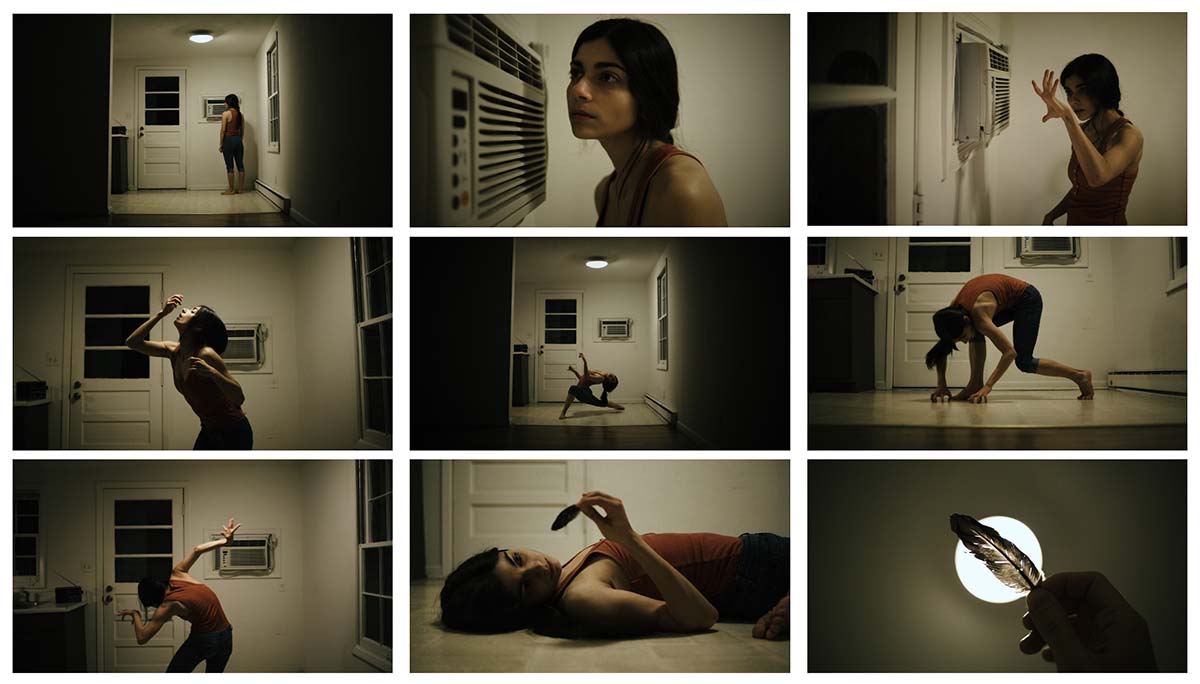
Of the Air
Alexa Velez
Multidisciplinary artist Alexa Velez graduated from Washington University in St. Louis in 2021 with an MFA in Visual Art. Her short film, Of the Air (2021), reacts to the climate crisis and examines human disconnect from the natural world, while simultaneously revealing humanity’s dependence on the environment for survival. Velez’s short films have screened both nationally and internationally, and she was a recipient of the Chancellor’s Fellowship and won best in show for her thesis work at graduate school.
“Of the Air is a short film that examines our disconnect from the natural world, engaging with the element of air from a physical and emotional perspective. The film is a reaction to the climate crisis in the form of a duet between a living, breathing body and the air. The piece takes place in a small apartment kitchen, where the main character finds herself relying on an air conditioner for relief in the middle of a heat wave. The air conditioner is one of many machines humans have created to harness the forces of the natural world. However, on a grander scale, we are at the mercy of these forces. The human-made spaces we inhabit too often erase all traces of the surrounding living environment. Of the Air is a reminder that even though we live in structures that isolate us from the natural world, we are part of that environment and depend on it for our survival.” –Alexa Velez


Melanie Bernier
“Will future generations view us as monsters for not doing more to avert catastrophe? How will we explain ourselves? Combining a cherished story from my childhood with sparse, folksy imagery, I comment on the absurdity of my lived experience. I envision where this moment will lead us. In The Popcorn Game, I’m cast as my future self, an anxious and lonely woman with many regrets. Under shelter one dark, stormy night, the Crone is called upon to entertain. Her spirited attempt to impart the wisdom of her time is stymied when the customs and conditions of her youth are incomprehensible to those around her.
Through the Crone, I explore topics including: the liveability of the future; regret, anxiety, and depression; generational wisdom and generational sabotage; fear of aging; multiple selves. She embodies the dread I feel when thinking about the future on a changed planet. She also embodies hope; for as much as the Crone is pitied, she represents release from cultural expectations of womanhood.” –Melanie Bernier
Sarah Brophy
“‘Thermal throttle’ is the technical term for what happens when a computer’s graphics processing unit becomes overwhelmed and needs to shed heat, maxing out the machine’s fan cooling system, and resulting in a sound that physically and metaphorically feels like heavy breathing. Events that trigger thermal throttle are graphics-processing heavy, such as gaming, rendering large videos, and navigating 3D models, all of which are essential elements of virtual life in the metaverse. In this installation, artificial landscapes produced by machine-learning models, or ‘deep fakes,’ are projected onto pedestal fans and filter through the blades onto the wall. Hypnotic as the pleasing imagery and rotating blades may be, the grating sound of computer fans whirring serves as a constant reminder that the machine has reached its limit. As our existence in the physical world becomes more perilous by the day due to climate change, Thermal Throttle reminds us that life in the virtual world is also threatened by an excess of heat and overuse of resources.” –Sarah Brophy
Linnéa Gad
“Lime examines how CO2 levels and the acidification of the sea is intertwined with the lifecycle of the mineral lime. I’m currently investigating limestone, oyster shells and lapis lazuli, which are all different forms of calcium carbonate. In order to get better acquainted with the material, I issued myself a challenge: to sculpt only in lime, endorsing its diversity and its willingness to bind with different versions of itself.
The seemingly static limestone rock is connected to skeletal calcite fragments of marine organisms. Limestone is created by the compression of the ocean beds of ancient seas. As Calcium carbonate stabilizes ph levels of the ocean and locks CO2 into the ocean floor it is in itself a material that functions as an organism. Due to its potential for industrial uses like cement, lime is often viewed as a static material and simply as a means to an end. I see my sculptures as a locus for the compressed narratives embedded in the material, able to stand on their own as curious openings for inquiry and ready to surface discussion.” –Linnéa Gad
Char Jeré
“I hope to emphatically express the issues that marginalized communities are facing globally so that those in power begin to listen more intently. I want to create an intergenerational and multi-racial movement wherein Black, Brown and Indigenous people’s voices are not only heard but amplified. It’s essential that we include different perspectives on the issue of climate change so that we can see how impactful it is to not just a few of us but all of us. We have a responsibility as humans to preserve the natural world because we belong to it, as interconnected parts of the whole. Artists are not saviors–we should be mirroring the urgency of climate change on our planet. There is no neutral position when it comes to climate change, as its effects are ubiquitous. Artists also live and work in places with contaminated watersheds that feed into our drinking water, where hazardous, race-based zoning laws provide homes for hazardous waste facilities. We are on the frontlines of this disaster. Artists should be working within their communities to elevate and mediate the issues and concerns of the ecology around them.” –Char Jeré
Sue Montoya
“Development perpetuates the seemingly endless cycle of modernity and gentrification at the cost of local communities. The geopolitics and history of places emerge throughout my work in the form of photographs, sculptures, videos, and zines. My research draws on architecture, feminism, ecology, and labor (physical and emotional) as means to investigate multiple paradigms and their contribution to the production of places. By bringing these matters into the contemporary framework, it aids to reveal how economic, political, and historical factors contribute to the allocation, exploitation, and perception of space. I hope to create actionable plans, conversations, imaginaries for tackling the climate crisis with new imaginaries in light of the catastrophic imagery already found in the public psyche around climate change.” –Sue Montoya
Brian Patterson
“The aim of this piece is to present the implications of the imminent mass extinction at a pace that the viewer can integrate without overwhelm or despair. While making this piece I contemplated the objective fact that 99.9% of all species to ever live on Earth have gone extinct. Such a premise may instill despair or surrender, but it also reveals the beauty of humanity’s power both to destroy the planet but also save and serve her as well. I wholeheartedly believe it is only through coming to peace with the crisis, will we arrive at a peaceful solution. I hope this video work can help with that.
As an artist I hope to bring to the climate crises an awareness and a sense of calm. It may seem more appropriate to sound the alarm or take a more aggressive approach. However, I strongly believe the courage and focus that a calm mind and compassionate heart allow is our only hope of survival.” –Brian Patterson
Tiare Ribeaux & Jody Stillwater
“Cyanovisions as a video project explores our relationship as humans to Cyanobacteria in an age of climate collapse. Cyanobacteria are one of the most ancient life forms, a species that was responsible for first creating oxygen on our planet through photosynthesis. They caused the Great Oxidation Event – both an extinction event for organisms intolerant to oxygen, yet later spawning new heights of global biodiversity and all oxygen dependent life, including humans. Today, cyanobacteria proliferate as Harmful Algal Blooms in lakes, estuaries and oceans around the world, creating toxic environments for humans and other species due to climate change.
In an alternative narrative to the dominance over nature that we have been living in as a global society, Cyanovisions posits potentials for biological hybridity and indigenous knowledge that recognize the inextricable relationship of human lifespans to those of other organisms.” –Tiare Ribeaux
Anna Rotty
“I’m interested in how new colors appear in our perception of the world we live in and what emotions color can stir within us. I’ve started to see this work as an archive I’m building, in response to what I see now, but also as a record of this time as I think about the future. I want images of water and land to be seductive and dynamic so that we feel the need to preserve it as best we can. I want the viewer to question their gaze of the Earth, see themselves as part of the landscape, both real and constructed, to generate empathy. With my constructed sculptural pieces, I hope people make the connection that these are built, and not found, as a reminder to not take our planet for granted.” –Anna Rotty
Kathy Sirico
“Floating Chronologies investigates dendrochronology—the study of mapping tree-rings—and its role in how we impose human power over nature, to the cost of climate devastation. Scientists use the term “Floating Chronology” to describe a tree-ring history whose beginning and end dates are not known and cannot be fully mapped. Here, I offer an alternative viewpoint which will reorient viewers out of a societally imposed state of mind, and towards one of empathy and climate justice. The primary sculptural element of my project is a large- scale, circular mixed media collage which stands in place of the museum tree. It is an empathetic monument which serves as an abstract alternative to patriarchal models of narrative art.” –Kathy Sirico
Vivian Vivas
“Elision is one shot encapsulating a diverse range of thoughts, emotions, and relationships about humanity (ourselves) and nature (our environment.) By slowing everything down, the film attempts to halt our constant, modern need to produce, to be busy, to be faster. The micro pace of the film forces the audience to see and observe a single phenomenon, to use their senses in a hyper-aware state, in which they become conscious of empty, unfamiliar space in a formerly unseen experience. The diver, dressed in toxic green, is constantly exhaling but never inhaling – forcing the viewer to reflect on their own existence. How does the shifting environment affect our psyche? In what ways do melancholy and mourning enter our daily emotional lives? Will we choose to rescue ourselves?” –Vivian Vivas
The shortlist
Shortlisted Finalists
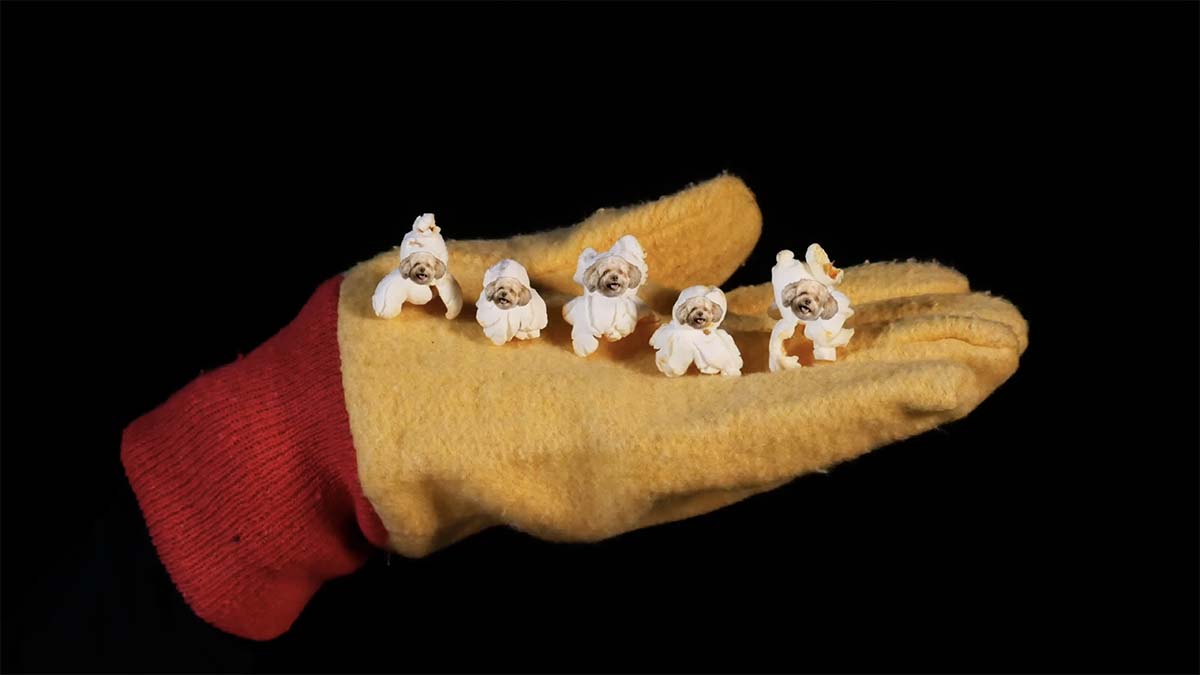
The Popcorn Game
Melanie Bernier
“Will future generations view us as monsters for not doing more to avert catastrophe? How will we explain ourselves? Combining a cherished story from my childhood with sparse, folksy imagery, I comment on the absurdity of my lived experience. I envision where this moment will lead us. In The Popcorn Game, I’m cast as my future self, an anxious and lonely woman with many regrets. Under shelter one dark, stormy night, the Crone is called upon to entertain. Her spirited attempt to impart the wisdom of her time is stymied when the customs and conditions of her youth are incomprehensible to those around her.
Through the Crone, I explore topics including: the liveability of the future; regret, anxiety, and depression; generational wisdom and generational sabotage; fear of aging; multiple selves. She embodies the dread I feel when thinking about the future on a changed planet. She also embodies hope; for as much as the Crone is pitied, she represents release from cultural expectations of womanhood.” –Melanie Bernier
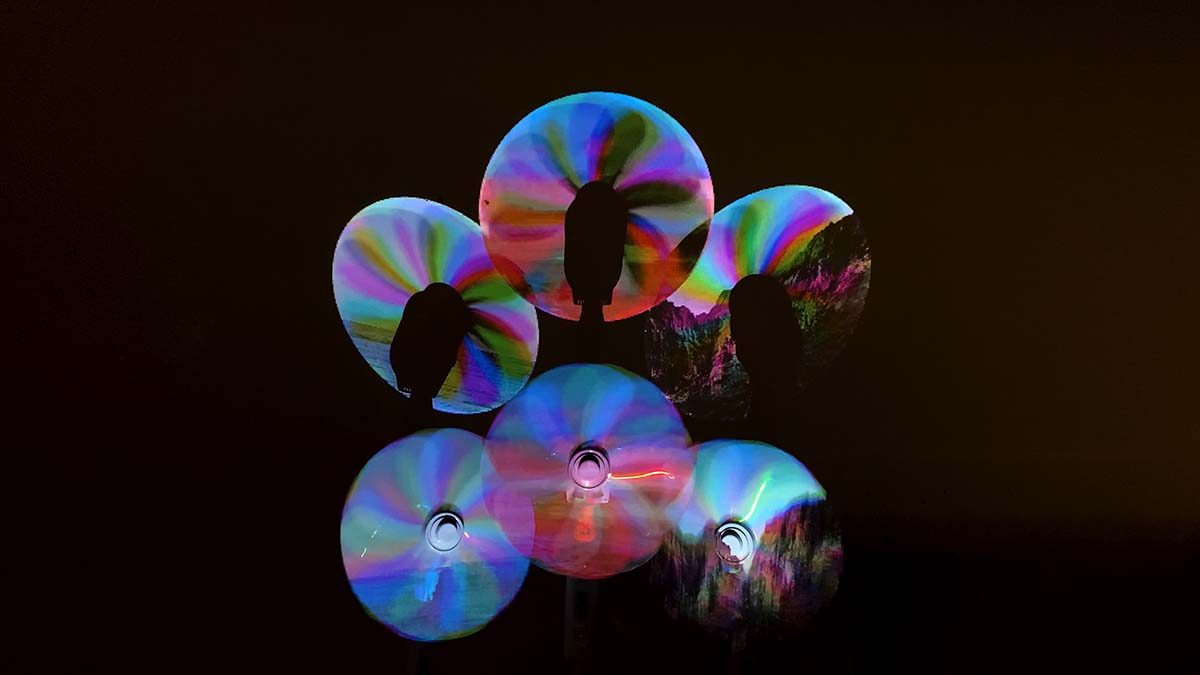
Thermal Throttle
Sarah Brophy
“‘Thermal throttle’ is the technical term for what happens when a computer’s graphics processing unit becomes overwhelmed and needs to shed heat, maxing out the machine’s fan cooling system, and resulting in a sound that physically and metaphorically feels like heavy breathing. Events that trigger thermal throttle are graphics-processing heavy, such as gaming, rendering large videos, and navigating 3D models, all of which are essential elements of virtual life in the metaverse. In this installation, artificial landscapes produced by machine-learning models, or ‘deep fakes,’ are projected onto pedestal fans and filter through the blades onto the wall. Hypnotic as the pleasing imagery and rotating blades may be, the grating sound of computer fans whirring serves as a constant reminder that the machine has reached its limit. As our existence in the physical world becomes more perilous by the day due to climate change, Thermal Throttle reminds us that life in the virtual world is also threatened by an excess of heat and overuse of resources.” –Sarah Brophy
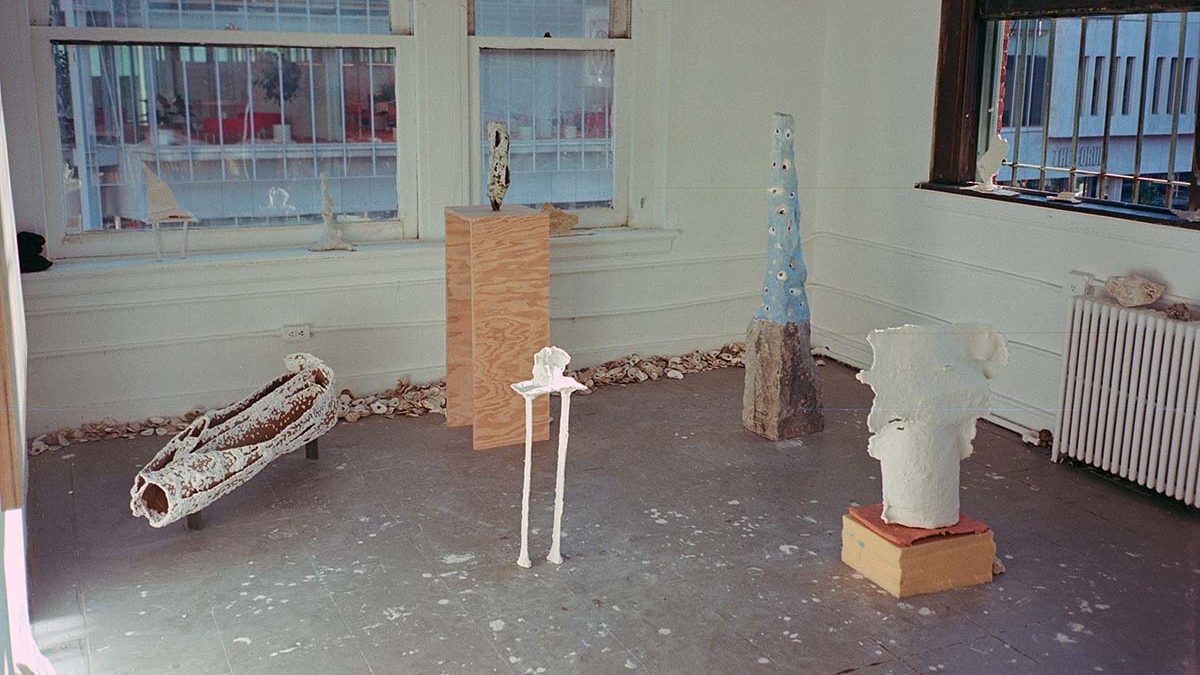
Lime
Linnéa Gad
“Lime examines how CO2 levels and the acidification of the sea is intertwined with the lifecycle of the mineral lime. I’m currently investigating limestone, oyster shells and lapis lazuli, which are all different forms of calcium carbonate. In order to get better acquainted with the material, I issued myself a challenge: to sculpt only in lime, endorsing its diversity and its willingness to bind with different versions of itself.
The seemingly static limestone rock is connected to skeletal calcite fragments of marine organisms. Limestone is created by the compression of the ocean beds of ancient seas. As Calcium carbonate stabilizes ph levels of the ocean and locks CO2 into the ocean floor it is in itself a material that functions as an organism. Due to its potential for industrial uses like cement, lime is often viewed as a static material and simply as a means to an end. I see my sculptures as a locus for the compressed narratives embedded in the material, able to stand on their own as curious openings for inquiry and ready to surface discussion.” –Linnéa Gad

We Were Water
Char Jeré
“I hope to emphatically express the issues that marginalized communities are facing globally so that those in power begin to listen more intently. I want to create an intergenerational and multi-racial movement wherein Black, Brown and Indigenous people’s voices are not only heard but amplified. It’s essential that we include different perspectives on the issue of climate change so that we can see how impactful it is to not just a few of us but all of us. We have a responsibility as humans to preserve the natural world because we belong to it, as interconnected parts of the whole. Artists are not saviors–we should be mirroring the urgency of climate change on our planet. There is no neutral position when it comes to climate change, as its effects are ubiquitous. Artists also live and work in places with contaminated watersheds that feed into our drinking water, where hazardous, race-based zoning laws provide homes for hazardous waste facilities. We are on the frontlines of this disaster. Artists should be working within their communities to elevate and mediate the issues and concerns of the ecology around them.” –Char Jeré
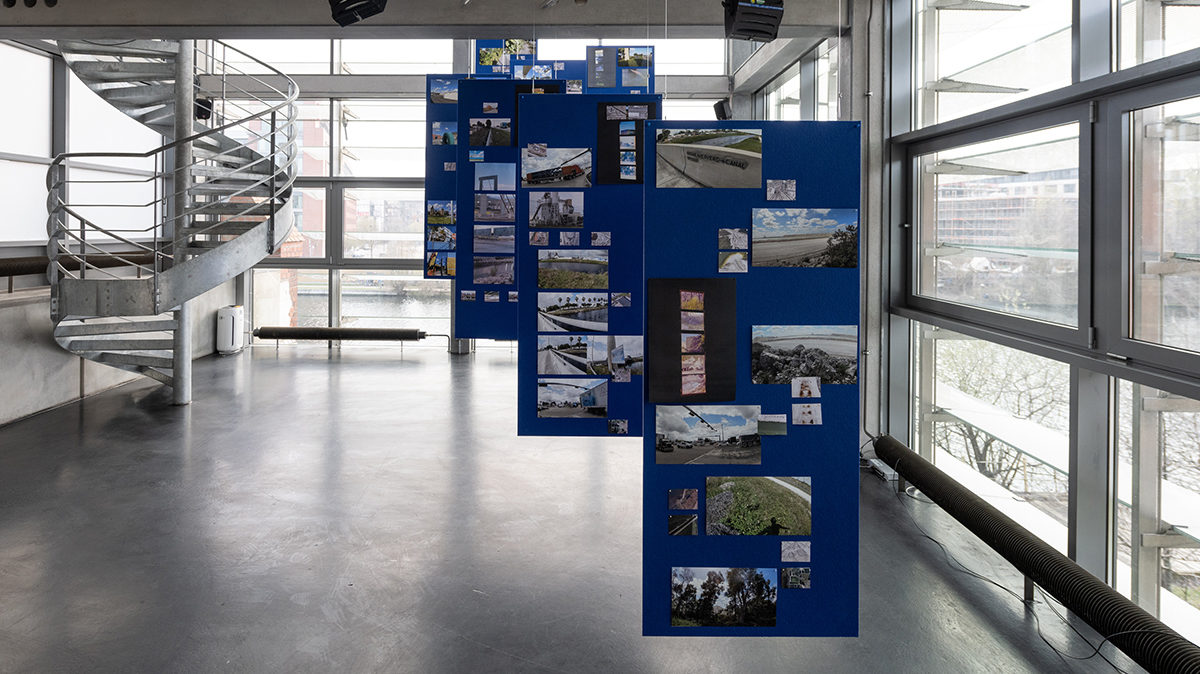
Change Atlas
Sue Montoya
“Development perpetuates the seemingly endless cycle of modernity and gentrification at the cost of local communities. The geopolitics and history of places emerge throughout my work in the form of photographs, sculptures, videos, and zines. My research draws on architecture, feminism, ecology, and labor (physical and emotional) as means to investigate multiple paradigms and their contribution to the production of places. By bringing these matters into the contemporary framework, it aids to reveal how economic, political, and historical factors contribute to the allocation, exploitation, and perception of space. I hope to create actionable plans, conversations, imaginaries for tackling the climate crisis with new imaginaries in light of the catastrophic imagery already found in the public psyche around climate change.” –Sue Montoya
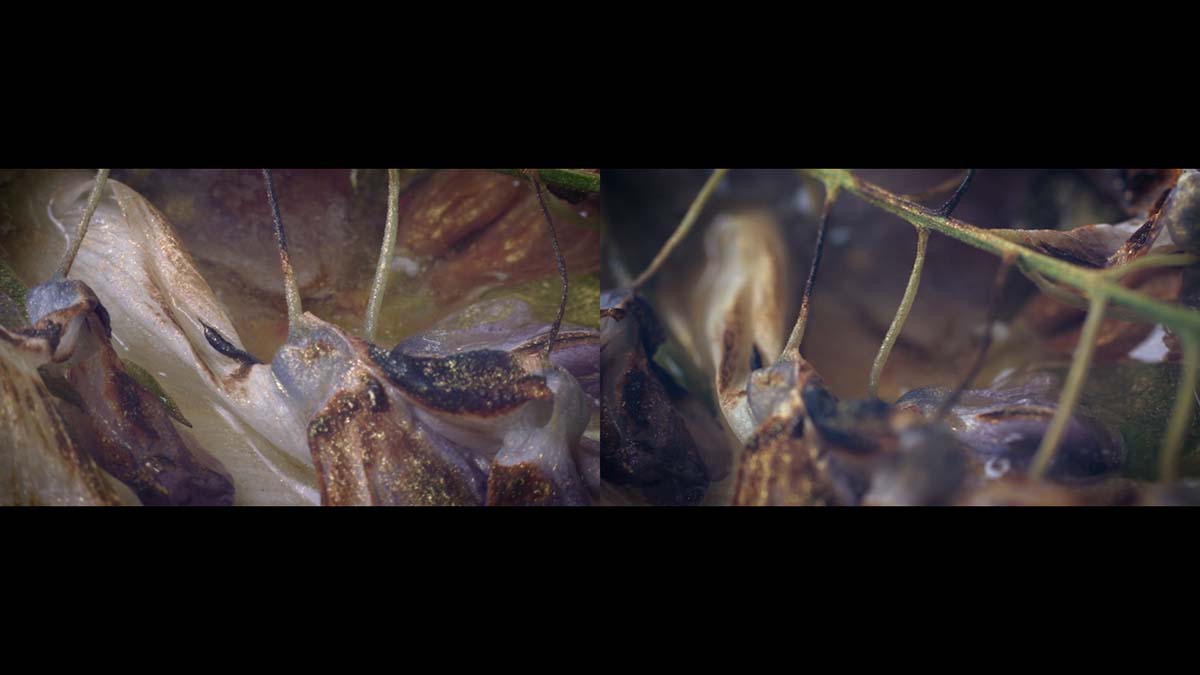
Intermission for Deleted Acts
Brian Patterson
“The aim of this piece is to present the implications of the imminent mass extinction at a pace that the viewer can integrate without overwhelm or despair. While making this piece I contemplated the objective fact that 99.9% of all species to ever live on Earth have gone extinct. Such a premise may instill despair or surrender, but it also reveals the beauty of humanity’s power both to destroy the planet but also save and serve her as well. I wholeheartedly believe it is only through coming to peace with the crisis, will we arrive at a peaceful solution. I hope this video work can help with that.
As an artist I hope to bring to the climate crises an awareness and a sense of calm. It may seem more appropriate to sound the alarm or take a more aggressive approach. However, I strongly believe the courage and focus that a calm mind and compassionate heart allow is our only hope of survival.” –Brian Patterson
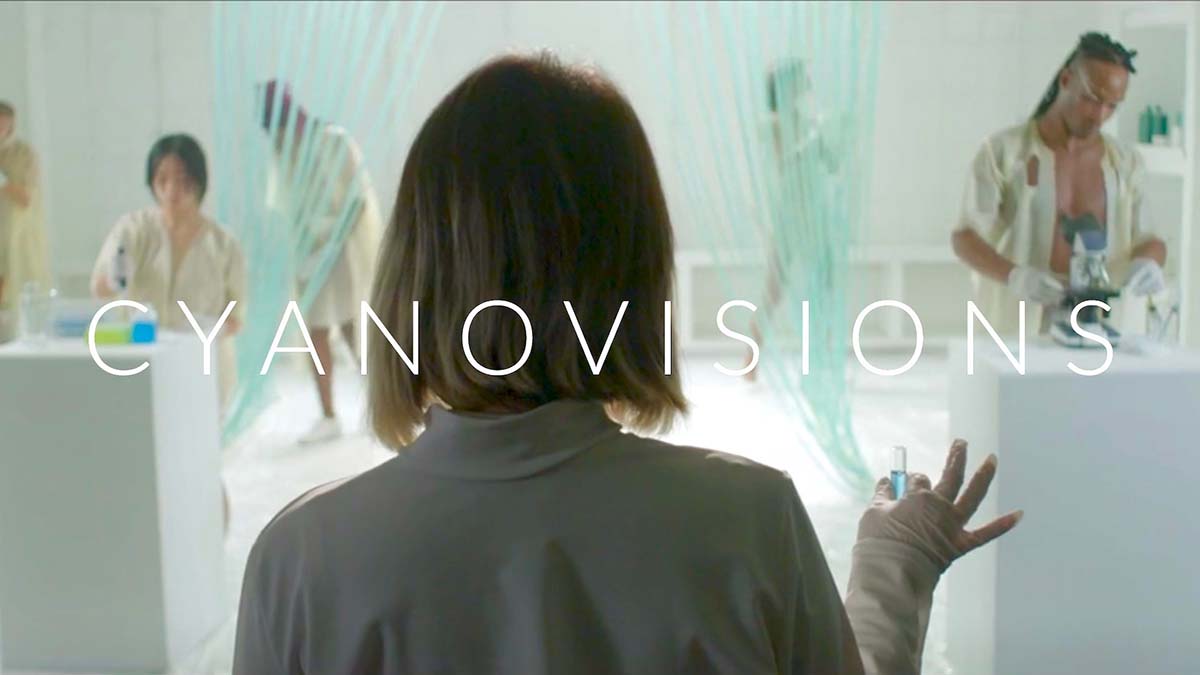
Cyanovisions
Tiare Ribeaux & Jody Stillwater
“Cyanovisions as a video project explores our relationship as humans to Cyanobacteria in an age of climate collapse. Cyanobacteria are one of the most ancient life forms, a species that was responsible for first creating oxygen on our planet through photosynthesis. They caused the Great Oxidation Event – both an extinction event for organisms intolerant to oxygen, yet later spawning new heights of global biodiversity and all oxygen dependent life, including humans. Today, cyanobacteria proliferate as Harmful Algal Blooms in lakes, estuaries and oceans around the world, creating toxic environments for humans and other species due to climate change.
In an alternative narrative to the dominance over nature that we have been living in as a global society, Cyanovisions posits potentials for biological hybridity and indigenous knowledge that recognize the inextricable relationship of human lifespans to those of other organisms.” –Tiare Ribeaux
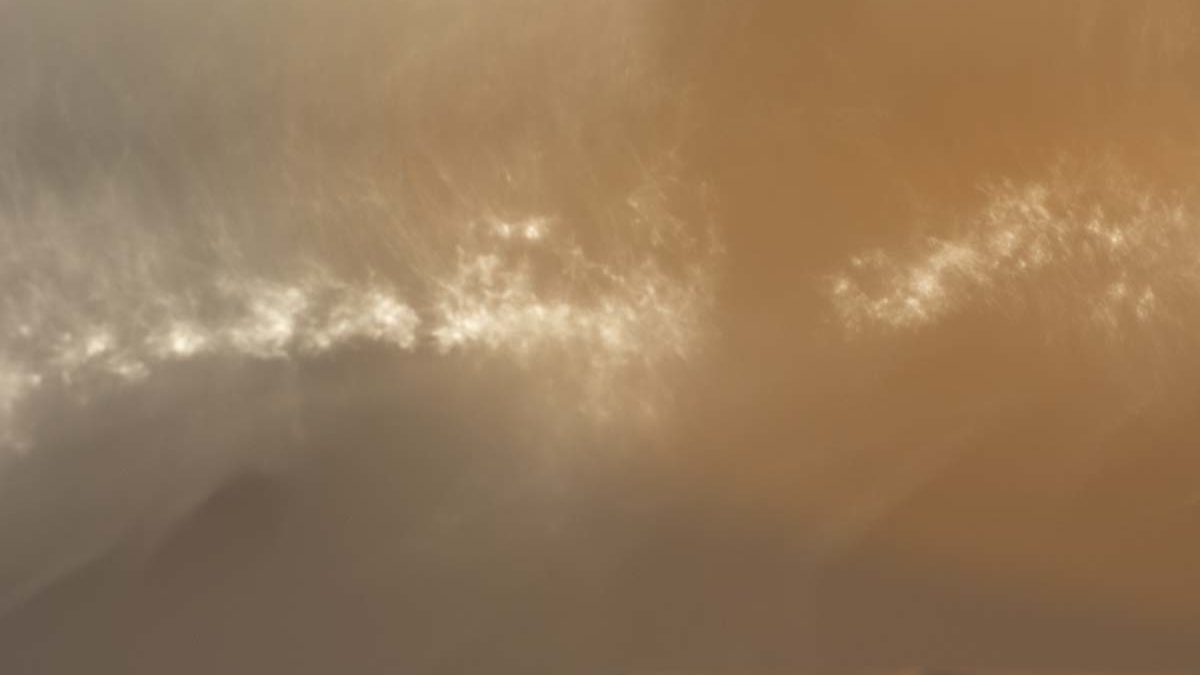
Solastalgia
Anna Rotty
“I’m interested in how new colors appear in our perception of the world we live in and what emotions color can stir within us. I’ve started to see this work as an archive I’m building, in response to what I see now, but also as a record of this time as I think about the future. I want images of water and land to be seductive and dynamic so that we feel the need to preserve it as best we can. I want the viewer to question their gaze of the Earth, see themselves as part of the landscape, both real and constructed, to generate empathy. With my constructed sculptural pieces, I hope people make the connection that these are built, and not found, as a reminder to not take our planet for granted.” –Anna Rotty
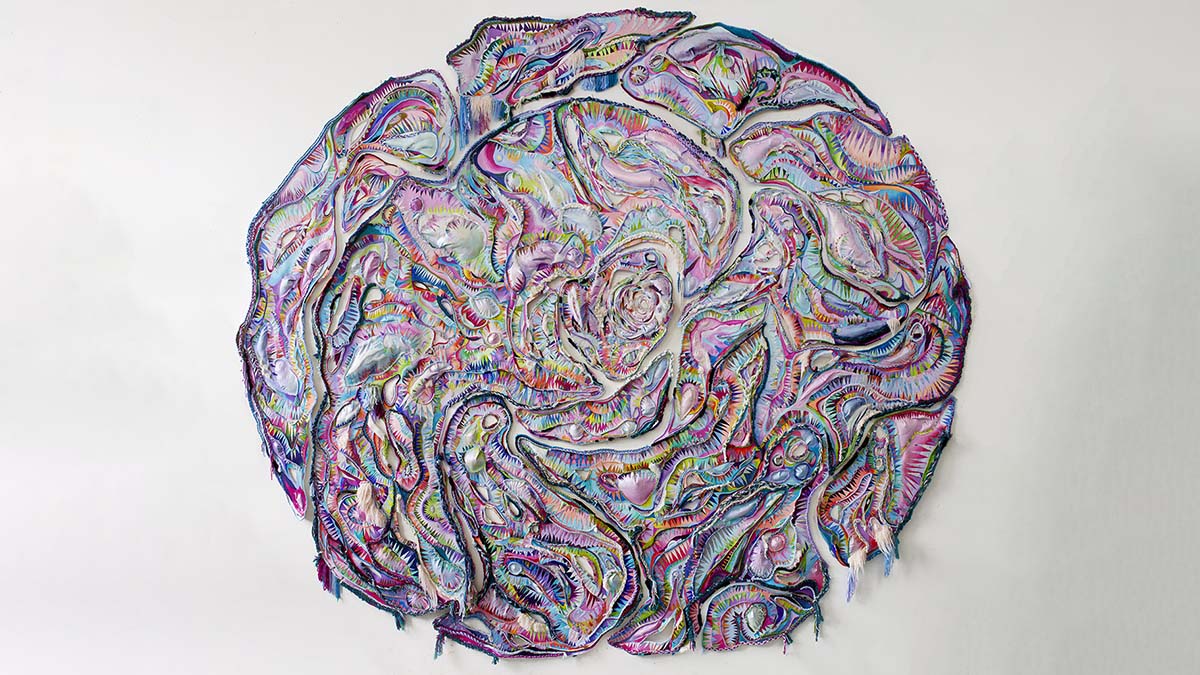
Floating Chronologies
Kathy Sirico
“Floating Chronologies investigates dendrochronology—the study of mapping tree-rings—and its role in how we impose human power over nature, to the cost of climate devastation. Scientists use the term “Floating Chronology” to describe a tree-ring history whose beginning and end dates are not known and cannot be fully mapped. Here, I offer an alternative viewpoint which will reorient viewers out of a societally imposed state of mind, and towards one of empathy and climate justice. The primary sculptural element of my project is a large- scale, circular mixed media collage which stands in place of the museum tree. It is an empathetic monument which serves as an abstract alternative to patriarchal models of narrative art.” –Kathy Sirico
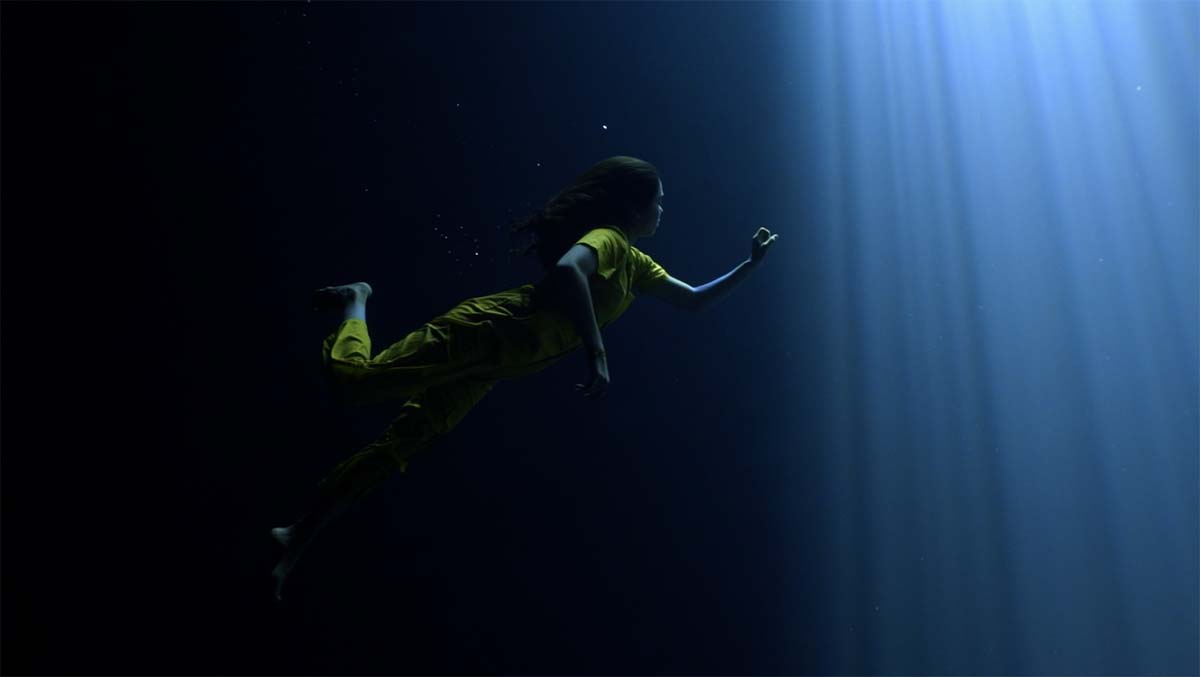
Elision
Vivian Vivas
“Elision is one shot encapsulating a diverse range of thoughts, emotions, and relationships about humanity (ourselves) and nature (our environment.) By slowing everything down, the film attempts to halt our constant, modern need to produce, to be busy, to be faster. The micro pace of the film forces the audience to see and observe a single phenomenon, to use their senses in a hyper-aware state, in which they become conscious of empty, unfamiliar space in a formerly unseen experience. The diver, dressed in toxic green, is constantly exhaling but never inhaling – forcing the viewer to reflect on their own existence. How does the shifting environment affect our psyche? In what ways do melancholy and mourning enter our daily emotional lives? Will we choose to rescue ourselves?” –Vivian Vivas

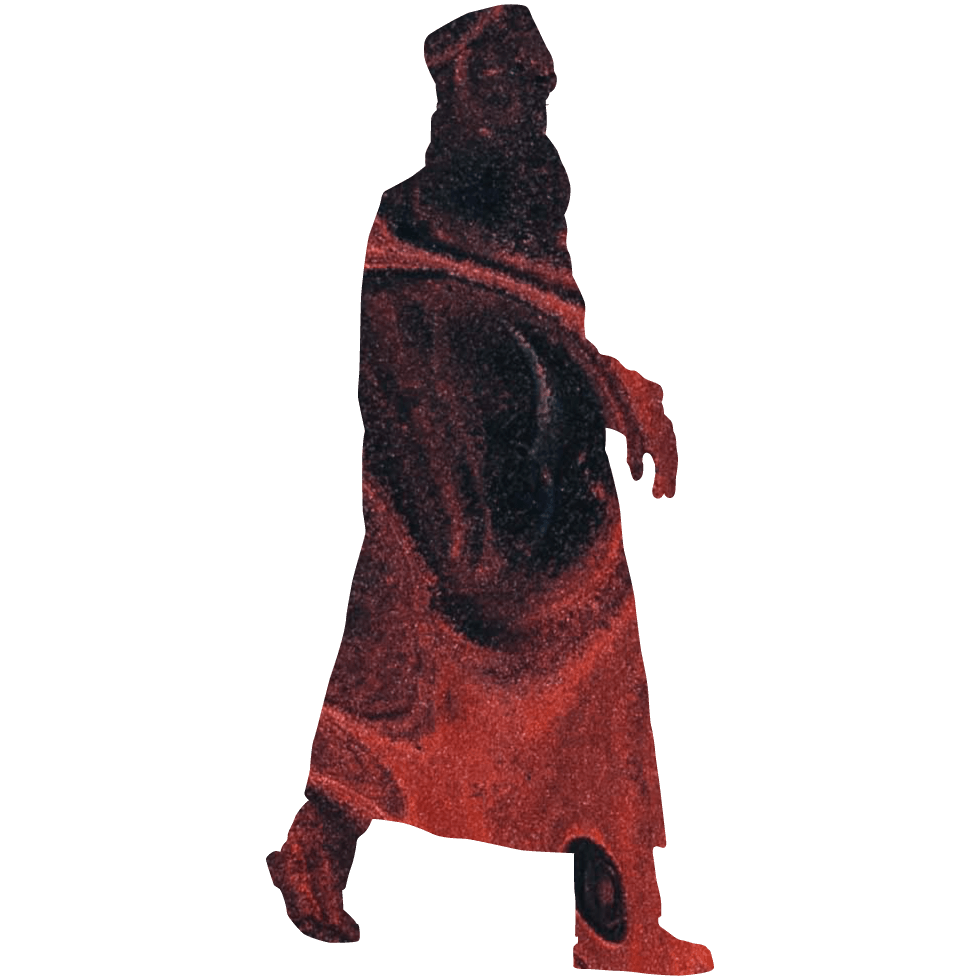
Frankenthaler
climate Art Awards
Presented by Asia Society and the Helen Frankenthaler Foundation, the Frankenthaler Climate Art Awards aim to foster climate change awareness through the imagination and insights of an upcoming generation of visual artists.
The three winners will be selected from this shortlist by a jury of leaders from the collaborating institutions: Melissa Chiu, Director, Hirshhorn Museum and Sculpture Garden; Molly Donovan, Curator of Contemporary Art, National Gallery of Art; Dorothy Kosinski, Vrandenburg Director & CEO, The Phillips Collection; and Michelle Yun Mapplethorpe, Vice President for Global Artistic Programs at Asia Society and Director of Asia Society Museum, New York.
Each winner will receive $15,000 and be honored in April 2022 in Washington, D.C. on the occasion of Asia Society’s COAL + ICE exhibition.
Questions?
Email us at [email protected]
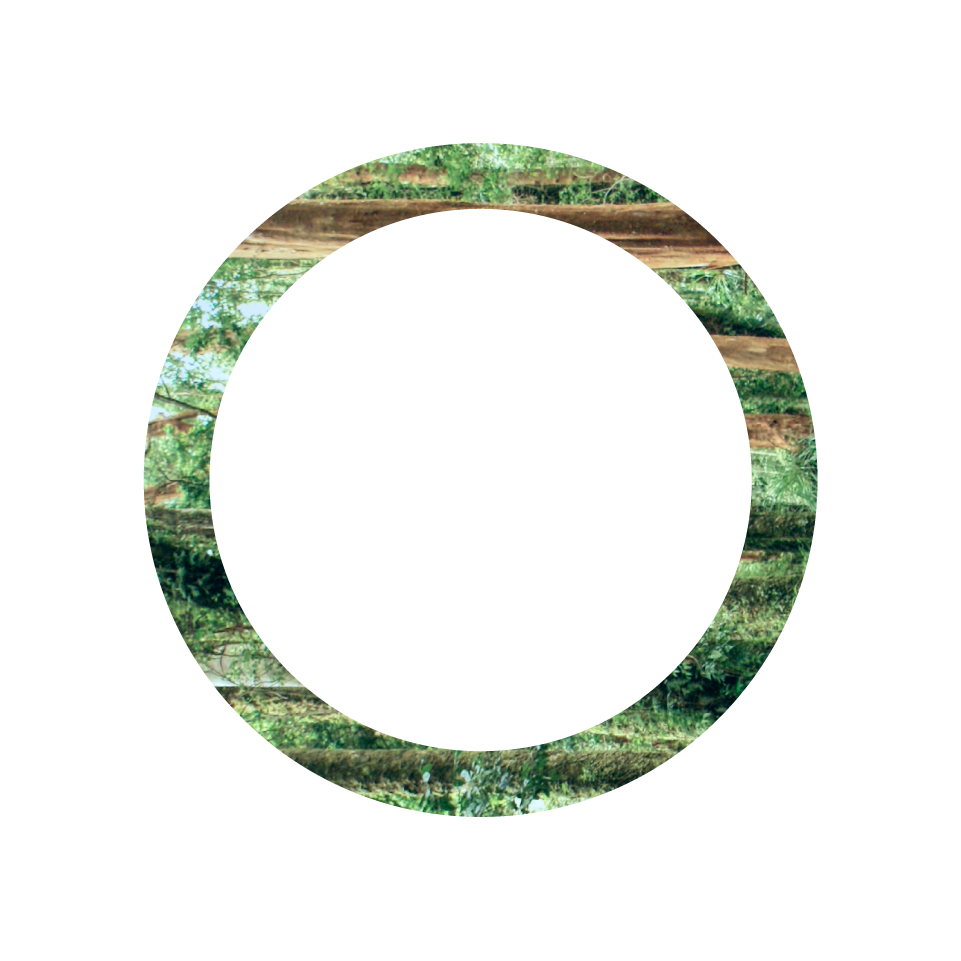
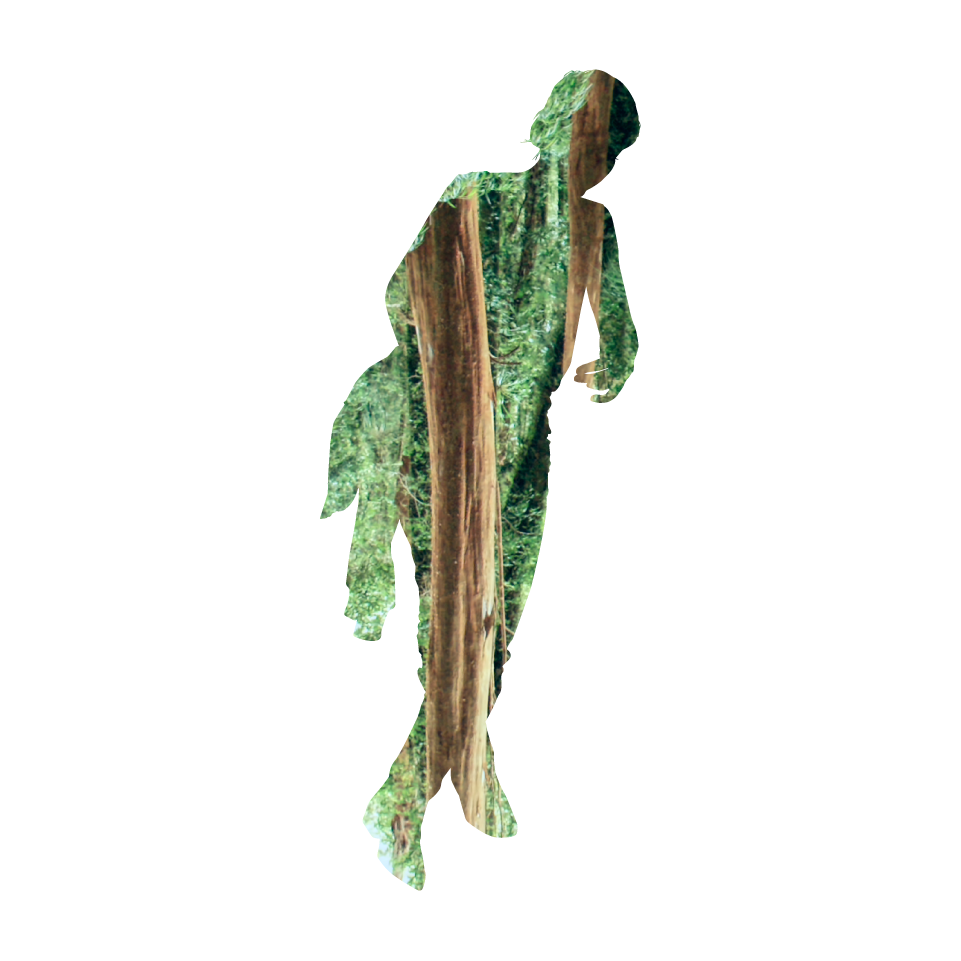
Sign up for updates







